Click here and press the right key for the next slide (or swipe left)
also ...
Press the left key to go backwards (or swipe right)
Press n to toggle whether notes are shown (or add '?notes' to the url before the #)
Press m or double tap to slide thumbnails (menu)
Press ? at any time to show the keyboard shortcuts
Knowledge of Mind
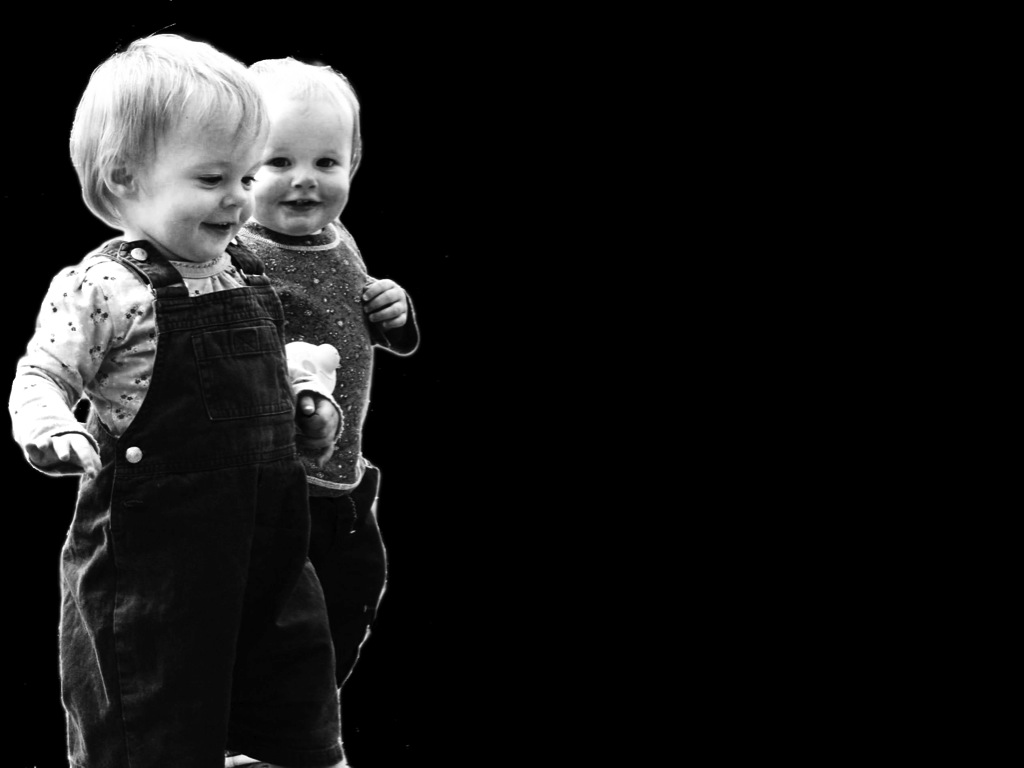
of mindreading.
(Premack & Woodruff 1978: 515)
belief
‘Maxi puts his chocolate in the BLUE box and leaves the room to play. While he is away (and cannot see), his mother moves the chocolate from the BLUE box to the GREEN box. Later Maxi returns. He wants his chocolate.’
blue
box
green box
I wonder where Maxi will look for his chocolate
‘Where will Maxi look for his chocolate?’
Wimmer & Perner 1983
Two models of minds and actions
Belief model
Fact model
Maxi wants his chocolate.
Maxi wants his chocolate.
Maxi believes his chocolate is in the blue box.
Maxi’s chocolate is in the green box.
Therefore:
Therefore:
Maxi will look in the blue box.
Maxi will look in the green box.
‘Maxi puts his chocolate in the BLUE box and leaves the room to play. While he is away (and cannot see), his mother moves the chocolate from the BLUE box to the GREEN box. Later Maxi returns. He wants his chocolate.’
blue
box
green box
I wonder where Maxi will look for his chocolate
‘Where will Maxi look for his chocolate?’
Wimmer & Perner 1983
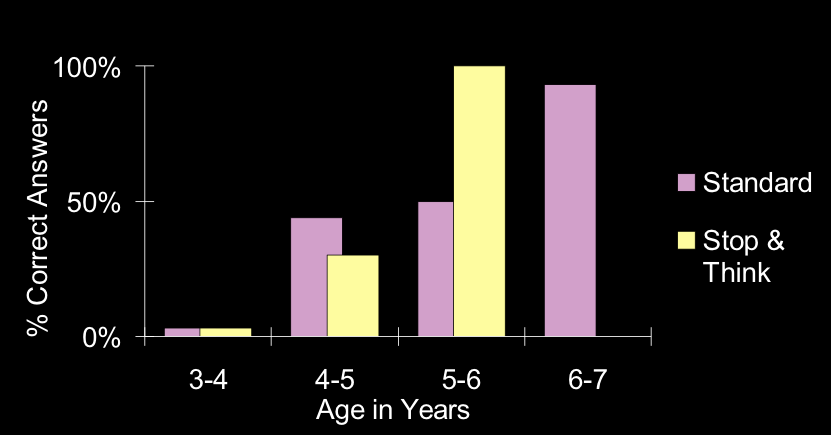
Wimmer & Perner, 1983
Two models of minds and actions
Belief model
Fact model
Maxi wants his chocolate.
Maxi wants his chocolate.
Maxi believes his chocolate is in the blue box.
Maxi’s chocolate is in the green box.
Therefore:
Therefore:
Maxi will look in the blue box.
Maxi will look in the green box.
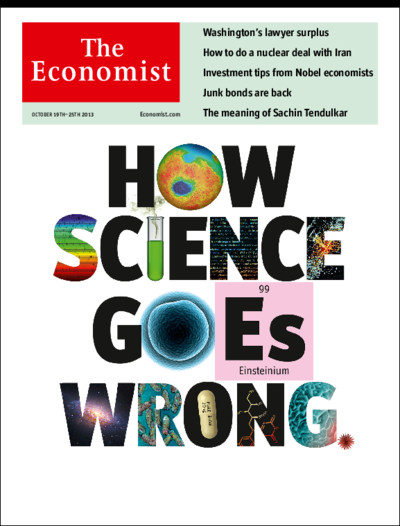
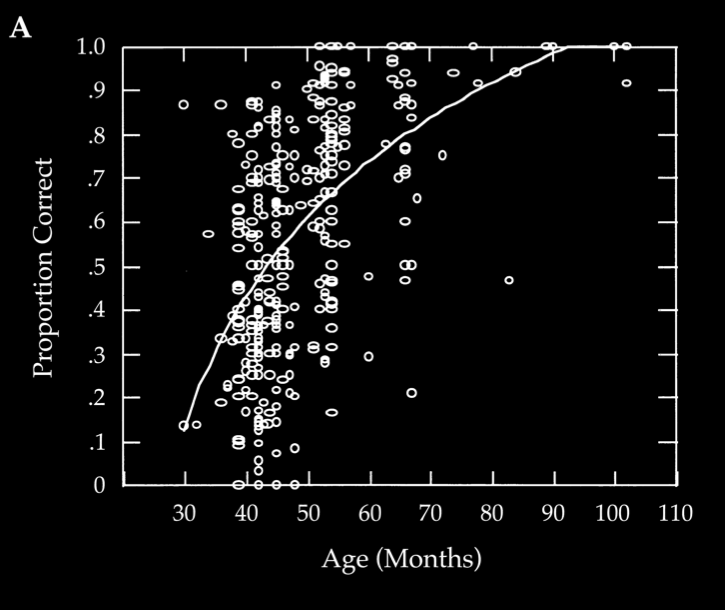
Wellman et al, 2001 figure 2A
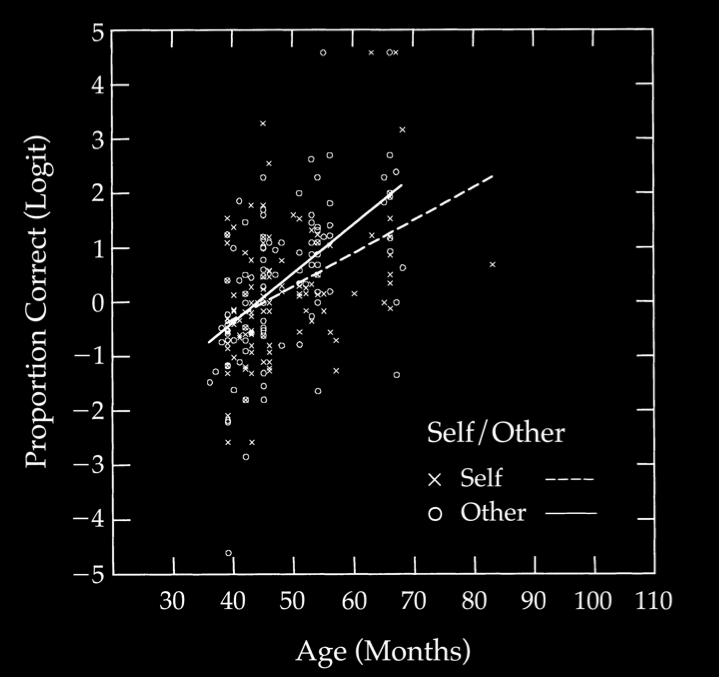
Wellman et al, 2001 figure 5
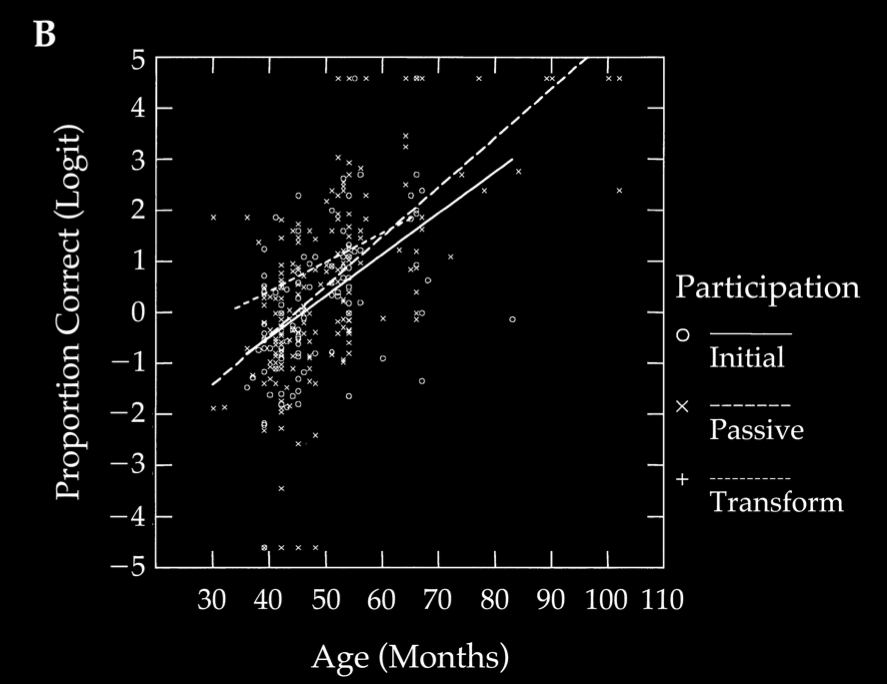
Wellman et al, 2001 figure 6
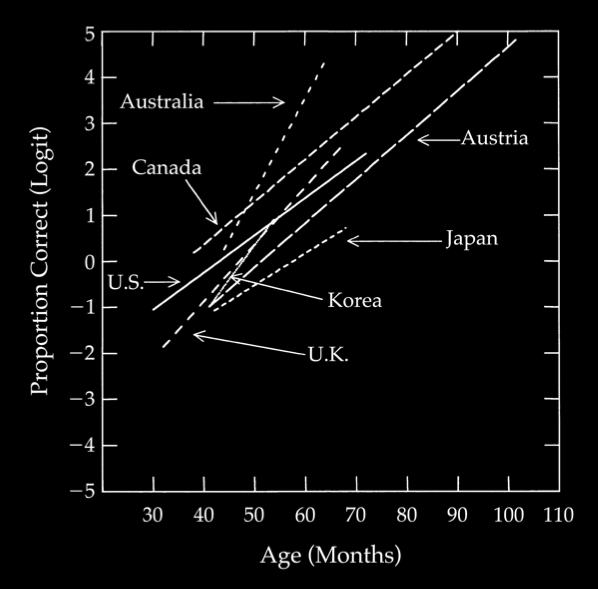
Wellman et al, 2001 figure 7
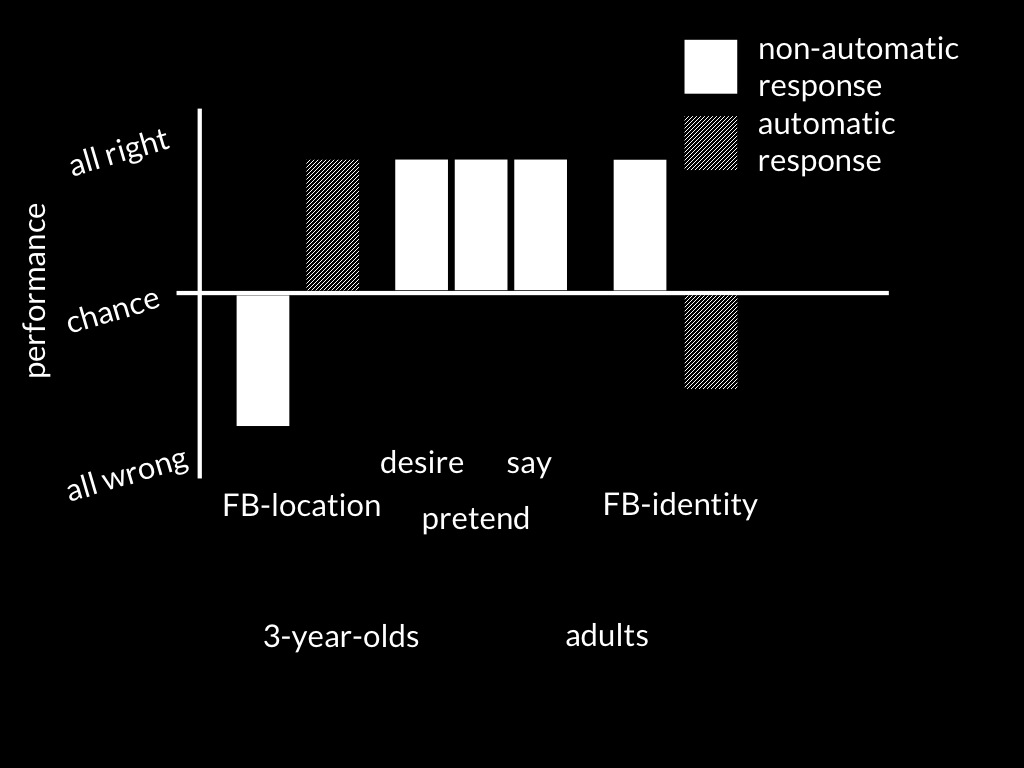

of mindreading.
How does mindreading emerge in development?
Sellars' Myth of Jones
but ...